Thomas Ussmueller
Increasing Imaging Resolution by Non-Regular Sampling and Joint Sparse Deconvolution and Extrapolation
Apr 27, 2022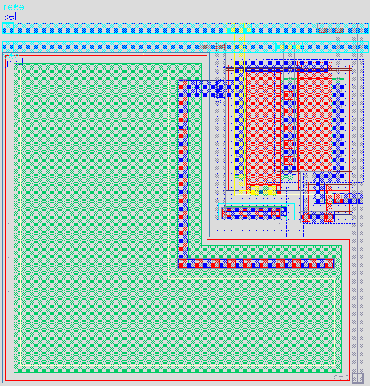
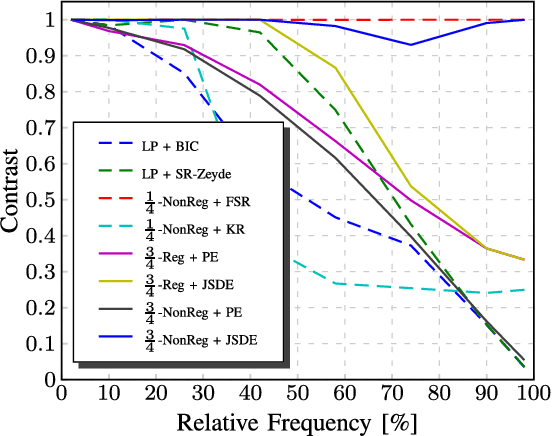

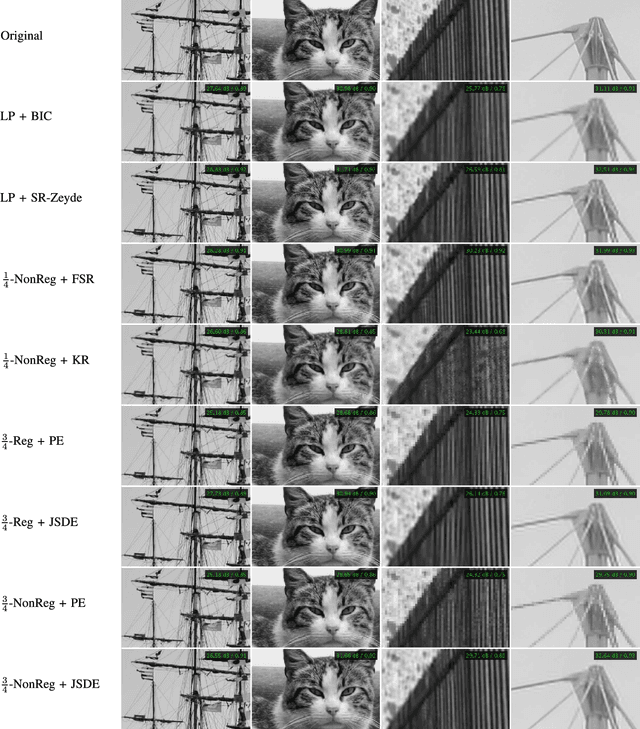
Abstract:Increasing the resolution of image sensors has been a never ending struggle since many years. In this paper, we propose a novel image sensor layout which allows for the acquisition of images at a higher resolution and improved quality. For this, the image sensor makes use of non-regular sampling which reduces the impact of aliasing. Therewith, it allows for capturing details which would not be possible with state-of-the-art sensors of the same number of pixels. The non-regular sampling is achieved by rotating prototype pixel cells in a non-regular fashion. As not the whole area of the pixel cell is sensitive to light, a non-regular spatial integration of the incident light is obtained. Based on the sensor output data, a high-resolution image can be reconstructed by performing a deconvolution with respect to the integration area and an extrapolation of the information to the insensitive regions of the pixels. To solve this challenging task, we introduce a novel joint sparse deconvolution and extrapolation algorithm. The union of non-regular sampling and the proposed reconstruction allows for achieving a higher resolution and therewith an improved imaging quality.
Concept for a CMOS Image Sensor Suited for Analog Image Pre-Processing
Feb 26, 2015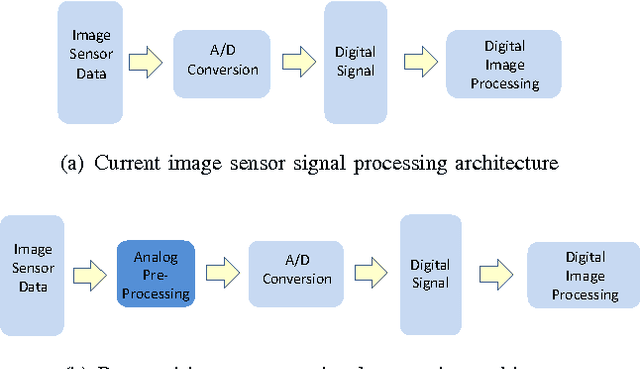
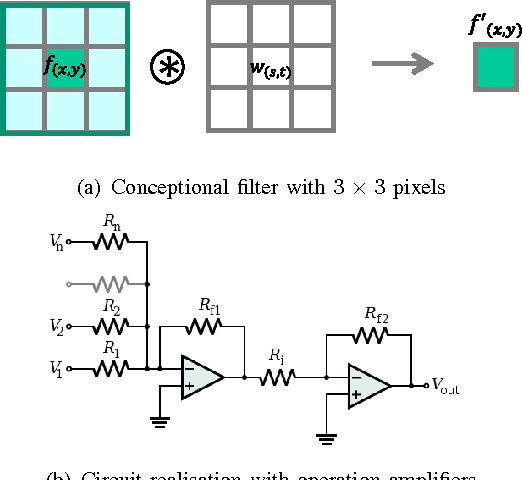
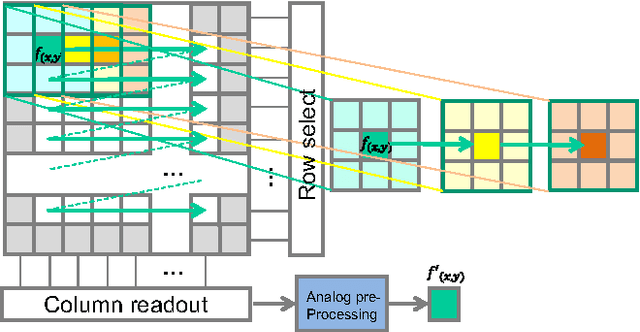
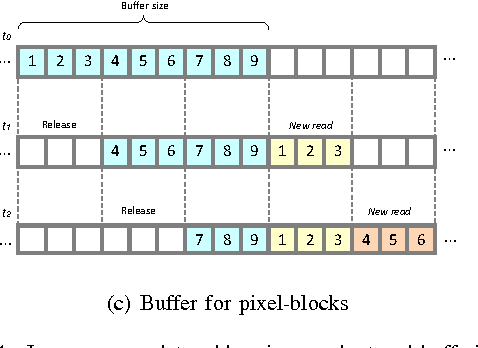
Abstract:A concept for a novel CMOS image sensor suited for analog image pre-processing is presented in this paper. As an example, an image restoration algorithm for reducing image noise is applied as image pre-processing in the analog domain. To supply low-latency data input for analog image preprocessing, the proposed concept for a CMOS image sensor offers a new sensor signal acquisition method in 2D. In comparison to image pre-processing in the digital domain, the proposed analog image pre-processing promises an improved image quality. Furthermore, the image noise at the stage of analog sensor signal acquisition can be used to select the most effective restoration algorithm applied to the analog circuit due to image processing prior to the A/D converter.
 Add to Chrome
Add to Chrome Add to Firefox
Add to Firefox Add to Edge
Add to Edge